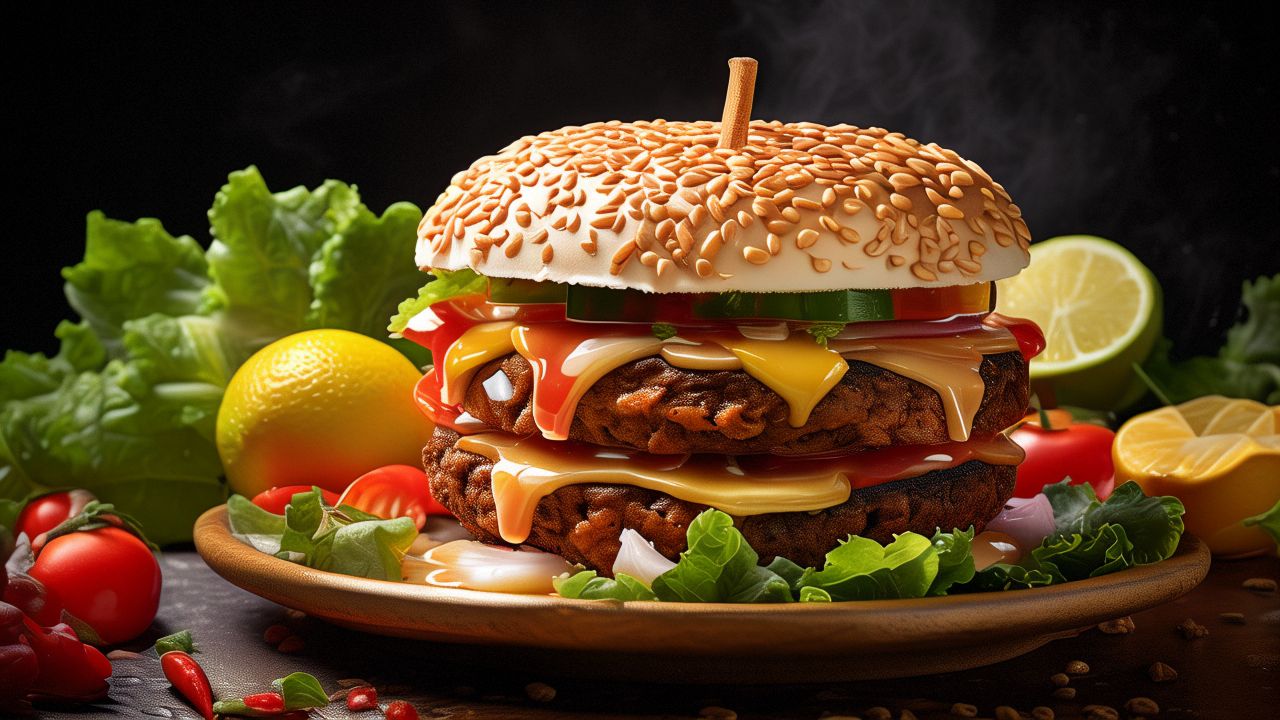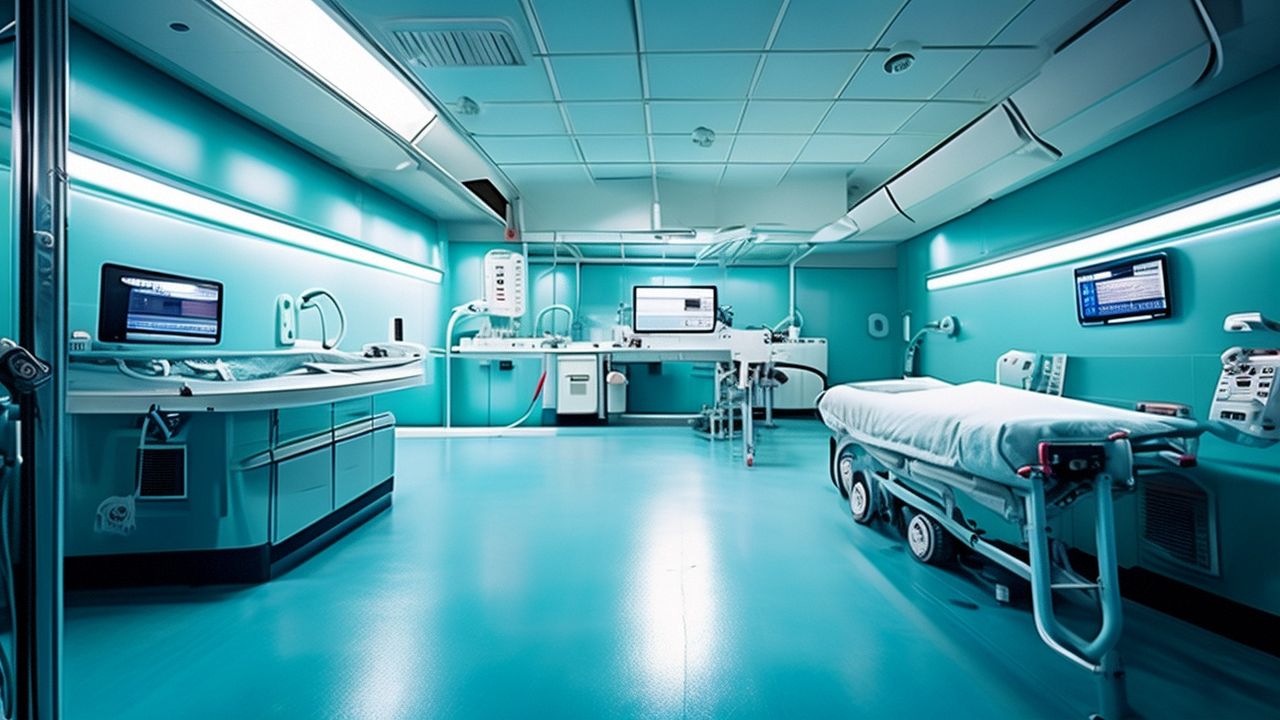Cholesterol: What’s the use and where does it come from
Cholesterol is an essential substance in human life activities, and it is a complex similar to fat, mostly produced by the liver. The total amount of cholesterol in the human body is 100-200 grams. 2/3 of them are self synthesized in the body, and 1/3 come from food.
Two important physiological functions.
First, cholesterol is an important component of biofilms, which plays an important role in controlling the fluidity of biofilms. It can also prevent membrane phospholipids in biofilms from becoming crystalline at low temperature, thus ensuring the fluidity and normal function of biofilms at low temperature.

Second, cholesterol synthesizes bile acids and participates in the digestion and absorption of lipids; Synthesis of adrenocortical hormone, androgen and estrogen, with a wide range of physiological effects; It synthesizes vitamin D and participates in calcium and phosphorus metabolism in the body, thus ensuring the normal development and metabolism of bone.
Two main sources
One is from food, the other is synthesized in the body. Human cholesterol is mainly synthesized by the body itself. It can synthesize about 1g every day, and only takes a small amount from food. Chol in normal people’s daily diet mainly comes from animal viscera, egg yolk, cream, meat and other animal foods.
In addition to brain tissue and mature red blood cells, almost all tissues of the body can synthesize cholesterol. The liver is the main place to synthesize cholesterol. 70% – 80% of cholesterol in the human body is synthesized by the liver and 10% by the small intestine.
The main route
Cholesterol in the human body is constantly generated and consumed at the same time, so as to avoid excessive cholesterol accumulation in the body and cause harm. The conversion of Chol into bile acids in the liver is the main route of Chol metabolism in the body. Normal people synthesize 5g cholesterol every day, of which about 2 / 5 (0.6g) is converted into bile acids in the liver, which are discharged into the intestine with bile to promote the digestion and absorption of lipid substances.
Other pathways of Chol consumption include aldosterone, glucocorticoid, androgen and estrogen synthesis in adrenal cortex, androgen synthesis directly from cholesterol in testis, estrogen and progesterone synthesis in ovary and placenta. These hormones are collectively referred to as steroid hormones, and 90% of them are excreted by the kidneys with urine after inactivation of the liver.
Remote control for total cholesterol level and blood lipid level
In adults without coronary heart disease, the ideal serum total Chol level is less than 5.2 mmol / L. Low levels of HDL-C (i.e. less than 0.9 mmol / L) are considered to be the main risk factor for coronary heart disease. More and more evidence shows that the reduction of HDL Chol will increase the risk of coronary heart disease, and a higher level of HDL-C can protect the population from coronary heart disease, that is, HDL-C more than 1.6 mmol / L is a negative risk factor for coronary heart disease.
Recent studies have shown that no matter whether the serum total Chol level is high or low, as long as the HDL-C level is reduced, the risk of cardiovascular disease and cerebrovascular disease will increase.
Exercise is of paramount importance
Exercise is of paramount importance for individuals with high blood lipid levels, particularly those dealing with elevated cholesterol. Regular physical activity can significantly contribute to the management and improvement of Chol levels, thereby reducing the risk of cardiovascular diseases.
Firstly, exercise helps to increase HDL-C, often referred to as the “good” cholesterol. HDL-C plays a crucial role in transporting excess Chol from the arteries back to the liver, where it is processed and removed from the body. By elevating HDL levels, exercise aids in protecting against the buildup of cholesterol in the arteries.
Secondly, physical activity can help decrease LDL-C, the “bad” Chol that contributes to the formation of plaque in the arteries. By reducing LDL levels, exercise helps to minimize the risk of atherosclerosis, a condition characterized by the hardening and narrowing of the arteries due to plaque buildup.
Moreover, exercise promotes weight loss and maintenance of a healthy weight, which is another critical factor in managing high blood lipids. Excess weight is associated with higher levels of LDL-C and lower levels of HDL cholesterol. By facilitating weight management, exercise can indirectly influence cholesterol levels and overall cardiovascular health.
In addition to its effects on Chol, regular exercise improves other cardiovascular risk factors, such as blood pressure and insulin sensitivity. This comprehensive impact on health underscores the importance of incorporating exercise into the lifestyle of individuals with high blood lipids.
In summary, exercise is a fundamental component of managing high Chol levels. It not only directly influences cholesterol metabolism but also addresses other key risk factors for cardiovascular diseases. Encouraging and maintaining a regular exercise regimen is therefore essential for individuals with high blood lipids to improve their health outcomes and reduce the risk of serious complications.




